Skin rashes can affect any part of the body, including the buttocks. Pimples on the butt require mandatory treatment, which often involves treating the pustules with local antiseptics and antibiotics. If it is recurrent, complex therapy is necessary.
Why do acne appear on the buttocks?
There are the following reasons why pimples appear on the butt:
- decreased immunity;
- lack of vitamins;
- hormonal changes;
- increased sweating;
- damage to the integrity of the integument;
- insufficient local hygiene;
- increasing skin pH.
One of the main reasons why acne appears on the butt in women is a weakened immune system due to frequent colds (ARVI, pneumonia, bronchitis, etc.), kidney pathologies, and diabetes. Rashes can also occur after hypothermia and past infections, which include tuberculosis, measles, hepatitis, etc.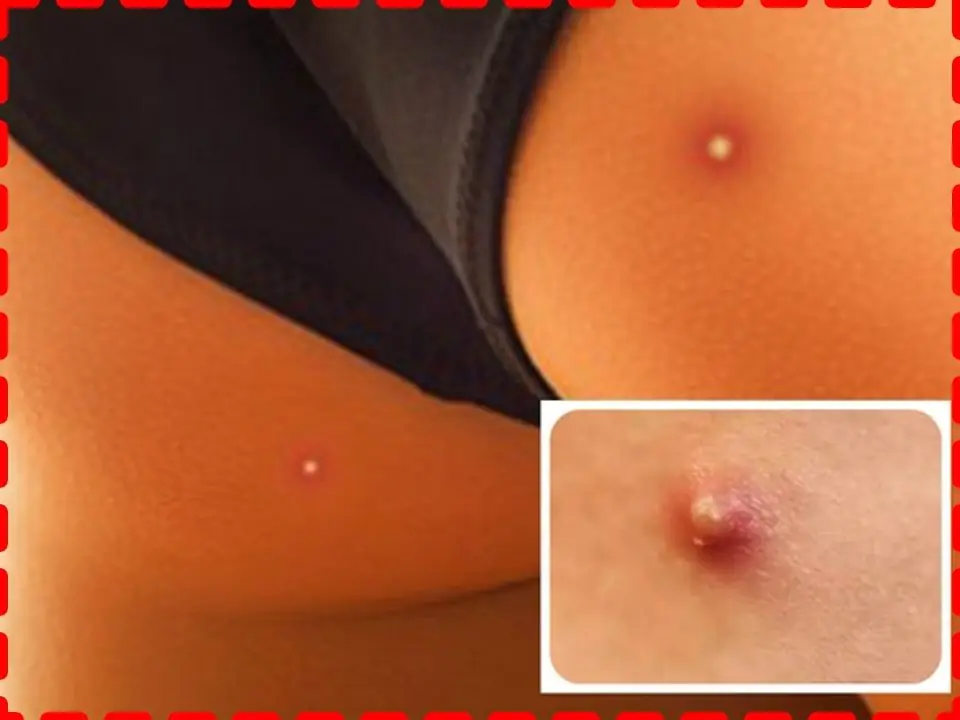
The causes of acne on the butt also sometimes lie in vitamin deficiency and hormonal changes. With a lack of nutrients and improper functioning of the organs responsible for the production of hormones, a decrease in the protective functions of the body is observed. Women during pregnancy and menopause are more susceptible to hormonal rashes. In girls, the problem often arises during adolescence.
Hyperhidrosis, known as excessive sweating, is a trigger for rashes under the buttocks. Sweat causes skin irritation and bacterial growth, which can lead to sore spots between and under the buttocks. Obese people, who often suffer from hyperhidrosis, are more susceptible to the occurrence of this type of skin rash. Pustules under the butt can also appear in hot weather in the absence of personal hygiene.
Violation of the integrity of the skin is one of the provoking factors why acne appears on the butt. Wearing tight synthetic underwear that causes friction, or frequent shaving inevitably leads to a decrease in the local protective functions of the skin. As a result, pathogenic microorganisms, most often staphylococci, actively begin to multiply in the affected area. These rashes are usually itchy and itchy.
Acne on the buttocks in women, the causes of which are often associated with a decrease in local immunity, sometimes occurs due to changes in the acid-base balance of the pH of the skin. This can be affected by the quality of tap water, hygiene products, pathologies of internal organs, insufficient consumption of drinking water and an unbalanced diet. A decrease in acidity, which has a protective effect on the skin, is typical for older women, who are more susceptible to rashes in this area of the body.
The nature and etiology of inflamed elements
Ostiofollicular rashes are most often diagnosed on the legs and buttocks (see photo below). Their appearance is associated with inflammation of the hair follicle in the upper part, which occurs as a result of the penetration and proliferation of staphylococci in areas where the protective functions of the tissues have been weakened.
At the beginning, single or multiple red painful elements appear. Redness is observed in the area where the hair follicle emerges, which causes some pain when pressed. Subsequently, the inflammatory process in the skin is manifested by the appearance of a pustule in the form of a white or yellowish head. In the absence of adequate therapy, deeper tissues are affected, which inevitably leads to the formation of scars after the pustules resolve. For this reason, treatment should be carried out immediately as soon as red pimples appear on the butt.
Diagnostic measures
Acne on the buttocks in women, which is permanent, multiple in nature and does not go away for a long time, necessarily requires contacting a dermatologist. To make a diagnosis, it is sometimes enough for a doctor to perform a dermatoscopy, which consists of visually enlarging the affected areas using a special apparatus.
In some cases, a specialist prescribes pH testing of the skin in order to determine the cause of the inflammatory process in the tissues.
Multiple purulent pimples on the butt require a test such as culture of discharged pustules to determine the causative agent of the inflammatory process on the skin.
Ways to get rid of acne on the buttocks
Before treating acne on the thighs and buttocks, you should consult a specialist to identify the cause of their occurrence. As a rule, treatment is carried out using local medications. First of all, antibacterial ointments and antiseptics are prescribed, which include:
- Erythromycin ointment;
- Syntomycin liniment;
- Colimycin ointment;
- Tetracycline ointment;
- Bactroban;
- calcium permanganate solution;
- brilliant green;
- Fukortsin;
- Hydrogen peroxide;
- Methylene blue.
First, the affected areas are treated with hydrogen peroxide. After this, brilliant green or Fukortsin is applied along the contour of the redness. Inflamed elements are smeared with any antibacterial ointment. Treatment is carried out 1-2 times a day until the red or purulent elements on the skin completely disappear.
Additional control measures
Rashes on the buttocks in women can be treated by taking sea salt baths. The solution will dry the affected areas of the skin and reduce the inflammatory process. For a bath you will need a pack of salt weighing 300-500 grams. The substance is pre-dissolved in 2 liters of hot water. 15-minute water procedures with sea salt will help stop inflammation and prevent the development of the pathological process.
For minor rashes similar to miliaria and allergic rashes, salt baths used at home will also help. In addition to the water procedure, in this case it is recommended to apply zinc paste to the rash up to 2-3 times a day until the pimples are completely eliminated.
If pimples on your butt don’t go away: what to do?
In some cases, treating acne on the buttocks in women requires an integrated approach. Frequent recurrences of buttock rashes require the following measures:
- prescription of general antibiotic therapy;
- taking probiotics and vitamins;
- conducting physiotherapy;
- nutrition correction;
- maintaining personal hygiene.
Complex therapeutic measures are aimed at eliminating the pathogenic process in the skin by suppressing the growth of pathogenic bacteria and strengthening local immunity.
Antibiotic therapy
Recurrent acne on the butt in women is treated with the following broad-spectrum antibacterial drugs:
- Doxycycline;
- Clindamycin;
- Azithromycin;
- Unidox Solutab.
The dosage and course of treatment are strictly determined by the attending physician who prescribed this or that drug. In addition to oral administration, local bactericidal treatment is mandatory. Among antiseptic agents, Fukortsin has proven itself to be effective against acne on the butt.
Probiotics and vitamins
Internal acne on the buttocks, which does not go away for a long period and hurts, may require taking immunomodulatory and vitamin-containing medications. Often, skin rashes are observed against the background of a deficiency in the body of vitamins B, A, E, C and D. If a problem arises for this reason, the doctor prescribes vitamin complexes for the skin.
To boost immunity, probiotic therapy can also be prescribed in the form of drugs such as Rioflora, Linex, Acipol, etc.
Physiotherapy
One of the effective ways to remove acne from the buttocks is physical therapy. Most often, ultraviolet light therapy or laser therapy are used to eliminate inflamed elements. This kind of procedure has a local antibacterial effect, stops the inflammatory process, eliminates pain and restores the protective functions of the skin.
Diet
One of the additional therapeutic measures to get rid of acne on the butt is following a diet. Proper nutrition will help compensate for the deficiency of vitamins, micro- and macroelements and strengthen local immunity. The following foods must be included in the daily diet:
Dishes that require heat treatment should be baked, stewed, steamed or boiled. The method of frying and smoking should be completely excluded, since dishes prepared in this way lose most of their beneficial properties and contribute to the development of inflammatory processes in the body due to the increased content of carcinogens in them.
It is important not only to eat properly during the treatment of rashes, but also to drink a lot of clean water. The liquid helps to quickly remove all waste and toxins from the body, accelerates metabolic processes, thereby indirectly influencing the strengthening of the immune system.
Acne on the butt during therapy also requires complete exclusion of alcohol from the diet, which even in small quantities leads to a decrease in the body's protective functions.
Preventive measures
It is important to know not only how to remove pimples on the butt, but also how to prevent their further occurrence. To do this, it is enough to carry out the following preventive measures:
- maintaining personal hygiene;
- use of hygiene products with a neutral pH;
- strengthening immunity;
- avoiding hypothermia;
- proper nutrition;
- prevention of skin injury.
Acne on the buttocks is a consequence of weakened, both local and general immunity. For this reason, prevention should first of all be aimed at eliminating provoking factors that cause a decrease in the body’s protective functions.
Women's skin is often subject to various inflammations and acne. This problem can appear on any part of the body. The buttocks are no exception. In addition to the fact that it looks unsightly, it also causes a lot of inconvenience, since pimples on the buttocks constantly come into contact with underwear and clothes, which causes them to itch and become painful. It is important to determine the correct cause in time and carry out treatment, since this skin defect can increase in size, accumulate purulent contents, and spread to healthy areas of the skin.
Types of acne by type and stage of development
Regardless of the type of blackhead that appears, you need to remember not to squeeze it out yourself, especially with unwashed hands. This is fraught with secondary infection, further progression, and the formation of an abscess. The following types of formations on the surface of the skin of the buttocks are classified:
- Non-inflammatory formations - comedones or wen. They appear due to blockage of the sebaceous plug. The stages of development are: formation of a plug, release of a light liquid, thickening of sebum, oxidation of sebum, self-cleaning of the canal.
- Inflammatory formations - papules, cysts and pustules. They begin to form when infectious agents penetrate deep into the epidermis. They are characterized by the formation of an abscess. The main stages of development are: blockage of the plug, inflammatory process, accumulation of purulent contents, appearance of a white head in the center, independent opening.
Regardless of the type and stage of development, squeezing out pimples on your own is not allowed, as this can lead to a secondary infection and long-term treatment in the future.
Causes of acne
Dry skin
Since there are no sebaceous glands on the buttocks, the amount of secretion in this area is minimal, as a result of which the skin dries out greatly. And with constant contact with external irritants, with a lack of oxygen, inflammation of the clogged pores occurs. The result is the formation of acne.
To get rid of the problem, it is recommended to lubricate the rashes with salicylic ointment and iodine, which will dry them out. To prevent excessive drying of the skin, you should moisturize it systematically after taking a shower or bath. And regular use of a scrub or peeling for this area will help get rid of dead particles of the epithelium, as a result the skin will be smooth, nourishing or moisturizing cream will be better absorbed.
Cold
Sometimes acne on the buttocks occurs due to hypothermia in this area. This often occurs in autumn or winter. Incorrectly chosen, too light clothing contributes to the problem.
The pimples hurt, the skin around them is red, and suppuration may appear. You can get rid of them with the help of the drug Baziron. It reduces the severity of inflammation and helps to heal quickly. Additionally, you can dry it with iodine or fucorcin. To eliminate inflammation, use the drug Zinerit or Anti-acne. Decoctions of chamomile and calendula have proven themselves to be effective in treating acne. You can make lotions out of them, lubricate painful areas, and take baths.
To prevent further occurrence of colds, it is recommended to dress warmly for the season. Avoid wearing synthetic products that do not allow air to pass through.
Increased sweating
Sweat is a strong irritant to the skin. It provokes the appearance of unpleasant small rashes. Most often they are painless, but with constant contact with clothing they can hurt and become inflamed.
It is recommended to lubricate the rash with salicylic ointment, bepanthen, and iodine. Such products will dry them out. To prevent the problem from occurring, use talc in case of increased sweating, apply Desitin or baby powder.
Increased keratinization
With increased keratinization, the process of self-cleaning of the epidermis is disrupted. The upper keratinized layer of the epithelium is not removed and clogs the pores, resulting in rashes and acne. They may be accompanied by pain or be painless.
To combat the problem, it is recommended to regularly cleanse the skin using peeling or scrub. Apply sea buckthorn, rosehip, and calendula oil. You can treat damaged areas with Zenerite, Anti-Acne, Acne-Stop. With the help of such medications, inflammation is eliminated, treatment proceeds faster. Additionally, you can lubricate with a decoction of chamomile and calendula.
Figure “Appearance of red pimples on the butt in women due to acne”
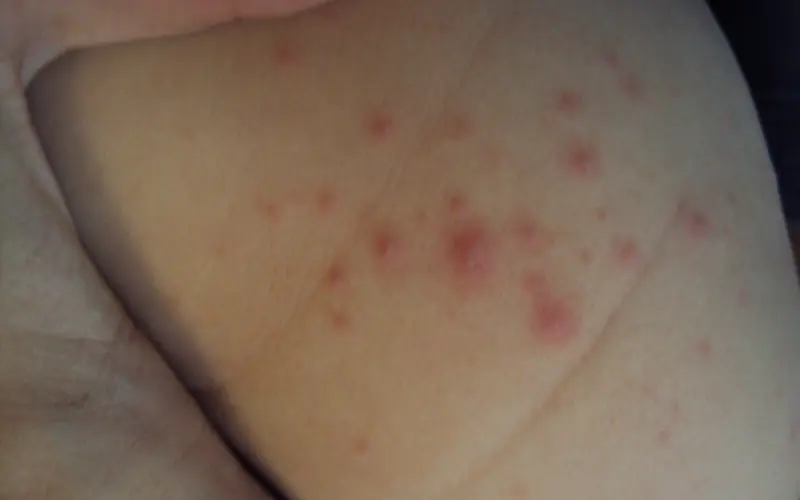
Allergic reaction
An allergic reaction occurs when the body is exposed to an irritant. Allergens include personal hygiene products (gel, shower soap), cosmetics, powder, household chemicals, and low-quality underwear. In this case, when the skin is exposed to irritants, redness or rashes appear on the buttocks. Most often they are painless, but can be very itchy. In this situation, treatment is carried out with antihistamines (Claritin, Suprastin). Externally, the affected areas are lubricated with fenistil and sinaflan.
Be sure to avoid contact with a potential allergen. For prevention, you should select underwear only from natural fabrics, use hypoallergenic personal hygiene products and cosmetics.
Drawing “Appearance of red pimples on a woman’s butt”

Hormonal imbalances
Often, pimples or acne on the skin of the buttocks appear during menopause, puberty, pregnancy, and menstruation. Such rashes require treatment with bepanten or desitin, zinc ointment. If pimples do not go away, it is recommended to consult an endocrinologist who will conduct examinations, identify the cause of such symptoms and prescribe the correct treatment. Sometimes the cause of rashes can be excess estrogen or testosterone in the body, so medications are prescribed to reduce or increase these hormones.
To prevent further formation of acne, you should carefully observe all hygiene measures and use hypoallergenic cosmetics.
Lack of proper hygiene
If personal hygiene is not observed, this problem can also arise. Treatment involves the use of drying agents - zinc ointment, salicylic ointment. Can be lubricated with iodine and fucorcin. Be sure to follow all the rules of personal hygiene and shower daily.
Gastrointestinal diseases
If there are disorders in the organs of the digestive system, a small rash appears on the skin of different parts of the body, including the buttocks. These pimples are painless, but can cause discomfort when they come into contact with clothing.
It is important to establish the cause. To do this, be sure to visit a gastroenterologist. After he conducts examinations and prescribes treatment, you must strictly follow all recommendations. After completing a course of therapy and eliminating the underlying cause, acne usually goes away on its own.
Photo and video
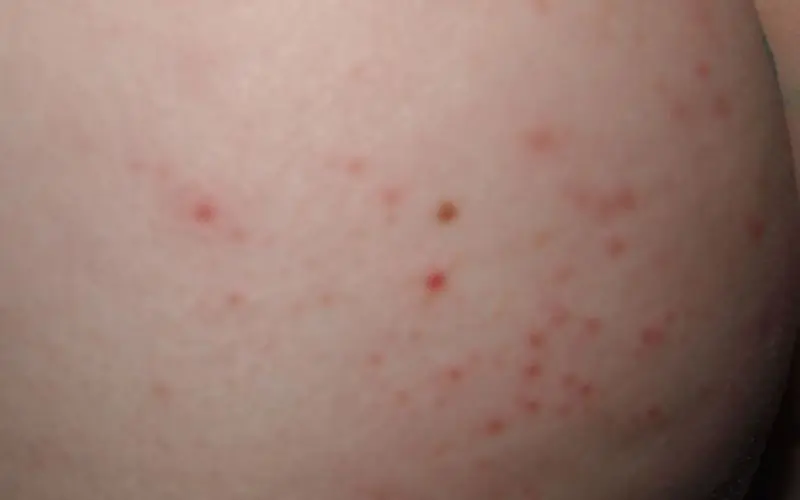
Regardless of the cause of acne on the buttocks, women should be attentive to their health, do not ignore the problem, and take care of their skin.
Acne is often the result of dysfunction of the sebaceous glands. In most cases, they are localized on the face and back. Acne appears less frequently on the buttocks. In women and men, the causes of the rash are different. In the fairer sex, it is most often associated with hormonal disorders and insufficient or incorrect adherence to hygiene rules. As a result, the functioning of the sebaceous glands deteriorates, and the secreted secretion becomes a favorable environment for the proliferation of pathogenic microorganisms. In women, acne on the buttocks (a photo of the rash is presented below) can also be a clinical manifestation of a serious illness. If they appear regularly and do not disappear against the background of responsible hygiene, you should consult a doctor.

Types of rashes and their distinctive features
Pimples on the buttocks in women can have different shapes, colors and sizes. They can cause a number of uncomfortable sensations or form painlessly. The most common diagnosis is single closed pimples. They are immobile and are located quite deep in the subcutaneous fat. It is such formations that do not cause discomfort.
Multiple rashes are less common. As a rule, they arise from gross neglect of hygiene rules or the use of cosmetics that contain aggressive components.
Open pimples outwardly look like white ulcers. They are filled with serous contents. Such formations open on their own. If this process is accelerated, the likelihood of a secondary infection increases. In addition, squeezing the rashes on the buttocks can lead to scars remaining on the skin.
Doctors divide acne into the following types:
- Cyst. This is a single formation of small size. Externally, it looks like a local swelling of the skin. The cyst cavity is filled with serous contents. The formation itself affects the deep layers of the epidermis.
- Papule. This is a pimple located above the surface of the skin of the buttocks. Outwardly, it resembles a nodule. The papule is not filled with purulent contents.
- Furuncle. This is an extremely painful large formation. The pimple is filled with purulent contents. A boil appears when infected with pathogenic microorganisms. In this case, the most common pathogen is Staphylococcus aureus.
- Pustule. This is an element that is always filled with purulent contents. It can either form under the skin or rise above the surface of the buttocks.
- Knot. This is a pimple, the formation of which is accompanied by signs of an inflammatory process. Education is red. It is practically never found in single form.
Separately, it is worth highlighting cold acne on the buttocks. In women, they look like swellings filled with pus. They are accompanied by severe painful sensations. Discomfort occurs not only in a sitting position, but also when walking.
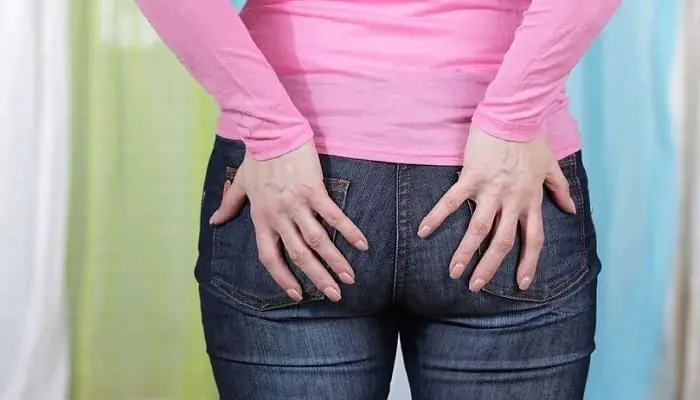
Causes
There are many provoking factors that cause acne to appear on the buttocks in women. Some of them do not pose a health threat, while others are serious. Information regarding why women get acne on their buttocks should be provided by a doctor. The specialist is obliged to carry out diagnostic measures and identify the trigger factor.
The main causes of acne on the buttocks in women:
- Incorrect or insufficient adherence to hygiene rules. This also includes the use of bed linen and underwear of inadequate quality. Pimples between the buttocks in women appear when the perineum is not cleaned after defecation. In addition, their occurrence can be provoked by wearing thongs, especially those chosen not in accordance with body parameters. Moisture is a favorable environment for the proliferation of pathogens. If you don't dry your skin well enough after water treatments, rashes will appear on it. Also, the cause of acne on the buttocks in women is a rare change of bed linen. Clean supplies must be laid out every 3-4 days.
- Allergic reaction. In women, acne on the thighs and buttocks may be the body's response to an irritant. Most often, the latter are sanitary pads, toilet paper, and washing powder. Less commonly, the cause of acne on the buttocks in women is intramuscular injections of hormonal drugs, antibiotics, NSAIDs, B vitamins. If after the injections the rash does not disappear within a week, you should consult a doctor. In some cases, food allergies appear on the buttocks. Acne in this area can be caused by consumption of dairy products, spicy, fatty and smoked foods.
- A lifestyle that does not involve physical activity. As a result, blood circulation in the pelvic organs significantly worsens. Due to frequent sitting, the skin sweats, and red pimples appear on the buttocks in women. If the cause of the rash is an inactive lifestyle, the following accompanying symptoms occur: increased fatigue, pain and heaviness in the lower extremities, varicose veins, discomfort in the pelvic area.
- Hormonal imbalance. In women, the disorder can be caused by pregnancy, taking oral contraceptives, menopause, diabetes, obesity, hypo- or hyperthyroidism. Acne on the buttocks often appears in girls during adolescence. This phenomenon is associated with changes in hormonal levels. During this period, you need to be as responsible as possible about observing hygiene rules.
- Furunculosis. This term refers to an infectious skin pathology that is focal in nature. The course of the disease is accompanied by the formation of large purulent pimples. The causative agent of the disease is staphylococcus. Only a doctor should open a boil. At home, it is impossible to properly clean the pimple cavity.
- Molluscum contagiosum. This is a viral disease that is difficult to treat. In women, acne on the buttocks in this case can be removed surgically. It is important to know that the disease is transmitted to a healthy person after contact with the affected skin of a sick person.
Regardless of the reasons, it is not recommended to delay the treatment of acne on the buttocks in women (the photo of the inflamed area of skin is presented above). This is due to the fact that in some cases, rashes are a symptom of a serious illness. If you identify it at an early stage of development, you can significantly shorten the recovery period.
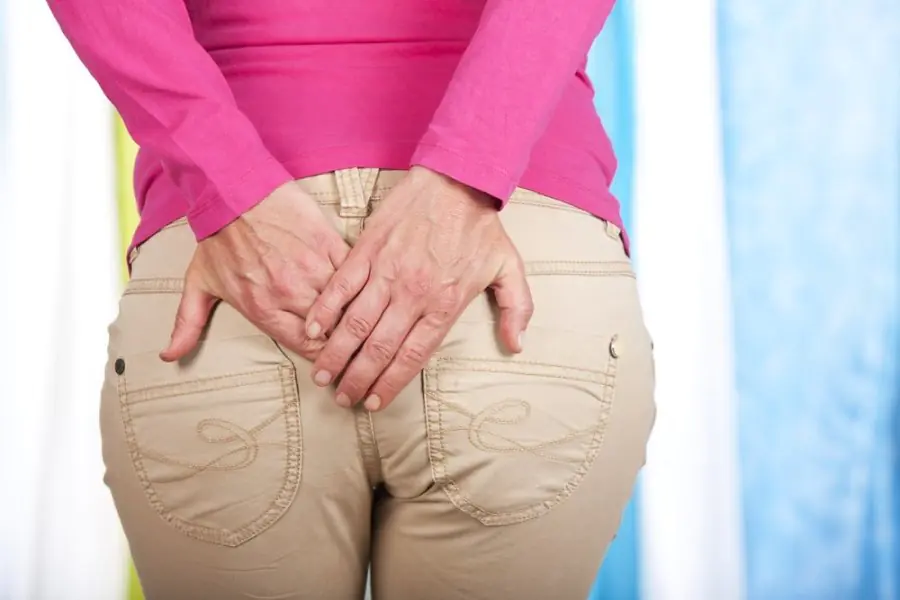
Who to contact
Information on how to remove acne on the buttocks in women is provided by a dermatologist. The specialist carries out diagnostic measures, based on the results of which he creates the most effective treatment regimen.
You should consult a doctor immediately if, simultaneously with the appearance of acne, your general condition has significantly worsened. In addition, consultation with a specialist is needed if the rash is so painful that it is extremely difficult for a woman to sit or lie on her back.
In other cases, it is recommended to change underwear and bed linen, as well as properly observe hygiene rules. If acne does not disappear on its own after 7 days, you should also consult a dermatologist.
Diagnostics
During the initial appointment, the doctor conducts an examination and collects medical history data. Already at the interview stage, a specialist can make a preliminary diagnosis and identify the cause of acne. During the examination, the doctor assesses the size, shape and shade of the rashes, their location and degree of pain.
Based on the data obtained, the dermatologist draws up a treatment regimen. It includes medication and diet. If necessary, the doctor refers you for consultation to other specialized specialists, for example, an endocrinologist.
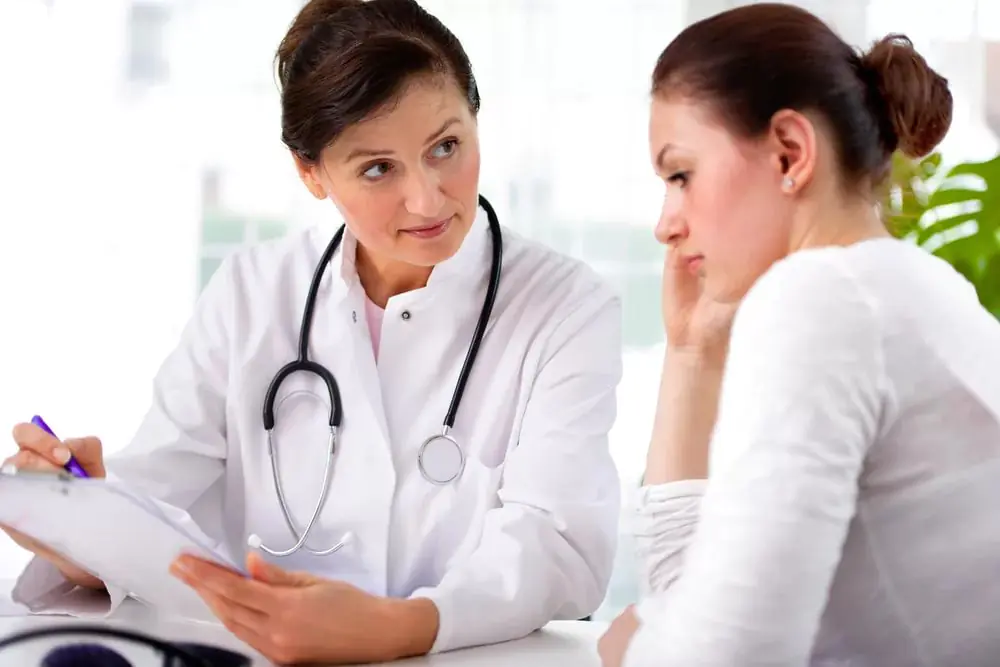
Drug treatment
In most cases, acne on the buttocks in women is non-infectious in nature. In this regard, treatment is usually carried out at home; hospitalization in a hospital is not necessary.
If there are rashes, the doctor prescribes topical medications. Disinfectant, anti-inflammatory and antibacterial creams and ointments should be applied twice a day after hygiene procedures. It is necessary to treat the affected areas exclusively with a cotton swab.
The most common medications dermatologists prescribe are:
- "Zinerite".
- "Acyclovir".
- "Zovirax".
- Vishnevsky ointment.
- "Tsindol."
- Ichthyol ointment.
- "Skinoren."
- Salicylic ointment.
- Akriderm GK.
After application, it is recommended to lie on your stomach for several minutes without underwear. This is necessary so that the product is absorbed as much as possible by the skin pores.
If acne on the buttocks is a manifestation of an allergy, taking antihistamines, for example Diazolin, Claritin, Suprastin, is indicated.
For molluscum contagiosum and furunculosis, surgical removal of the formations is performed, followed by sanitation of the pathological foci.
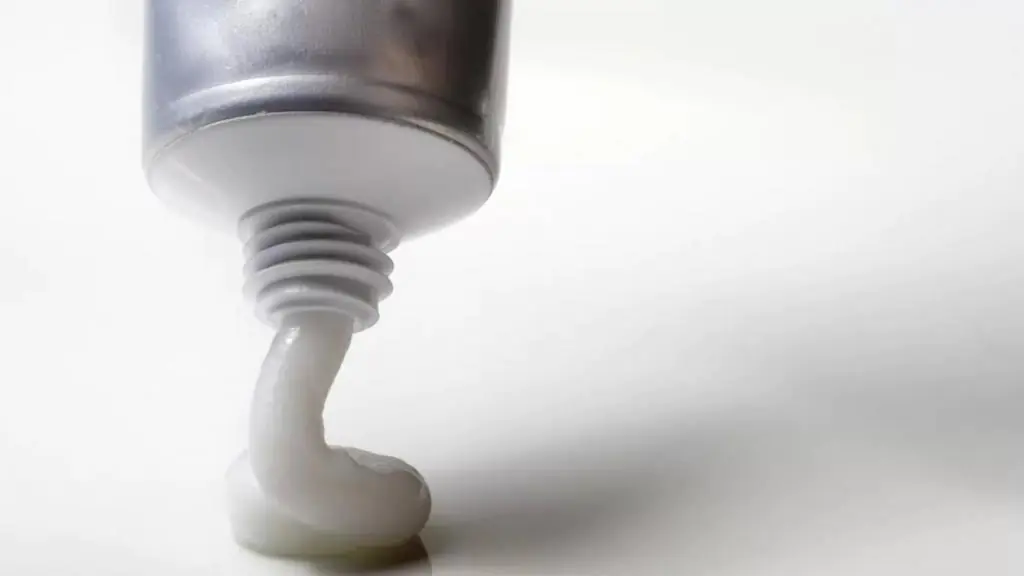
Nutritional Features
When acne appears on the buttocks, it is necessary to make adjustments to the diet. Diet is an important part of therapy; failure to comply with it significantly reduces the effectiveness of medications.
Principles of a therapeutic diet:
- It is necessary to exclude fatty, fried, spicy and smoked foods from the diet. Fast food, alcohol-containing and carbonated drinks are also prohibited.
- The consumption of white bread and confectionery products should be reduced to a minimum.
- The menu must include foods rich in omega acids. It is recommended to give preference to fish and seafood.
- It is advisable to add flax seeds to dishes. They can be purchased at the pharmacy.
- To compensate for the lack of vital vitamins and microelements, you need to eat berries, vegetables and fruits every day. It is recommended to give preference to carrots, cucumbers, spinach, apricots, and currants.
- The menu should include nuts; they are a source of zinc.
- You need to include lean poultry and meat in your diet.
- To maintain the balance of intestinal microflora, it is necessary to consume fermented milk products daily.
- To compensate for the lack of B vitamins, you need to eat porridge made from oatmeal, buckwheat or barley.
- It is recommended to give preference to boiled, stewed or baked foods. Dishes can also be steamed.
- You need to eat 4-5 times a day, and the size of one serving should not exceed 200 g.
It is important to drink enough water - at least 1.5 liters per day.

Folk remedies
If women have acne under or on their buttocks, you can resort to using unconventional methods. But it is important to remember that any folk remedy is a potential allergen. Before using it, it is necessary to make sure that there is no individual intolerance.
The most effective methods:
- Treat the buttocks with tar soap and leave until completely dry. On average this process takes 15 minutes. Rinse off with warm water. Tar soap is an antimicrobial and anti-inflammatory agent. In addition, it has a drying effect. Its only drawback is its strong, specific smell.
- Sea salt can treat both large and small pimples on the buttocks in women. You need to dissolve 40 g of the product in 4 liters of hot boiled water. Allow the liquid to cool slightly. Sit in the container and take a bath for 15 minutes. The final stage is treating the skin of the buttocks with ointment or cream.
- Dilute the clay with hot water to a pasty consistency. Apply the resulting mixture to the buttocks. Leave for 25 minutes. Rinse off the clay with warm water without using cosmetics. Apply ointment or cream to the skin.
It is important to remember that with the help of traditional methods it is possible to get rid of the rash, but not the cause that caused it. Only your doctor can provide information about why women get acne on their buttocks. In this regard, it is recommended to first consult a dermatologist.
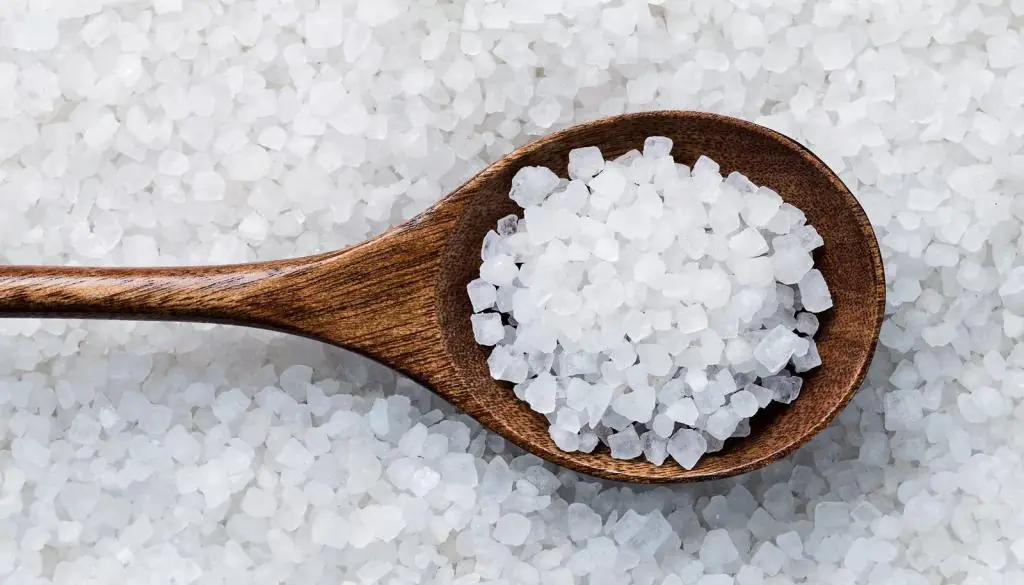
Recommendations from experts
Currently, many drugs are sold on the pharmaceutical market, the active ingredients of which can get rid of acne on the buttocks. However, the effect of using medications alone will not last long if you do not follow some rules.
- It is advisable to avoid wearing items made from synthetic materials. In addition, it is important to remember that skirts and trousers that are too tight can cause acne.
- An inactive lifestyle is the main enemy of health. When spending time passively, the risk of not only rashes, but also dangerous diseases increases significantly. If a woman has a sedentary job, she needs to regularly (preferably every 2 hours) take short breaks for physical activity. It is recommended to engage in any kind of sport and regularly take walks in the fresh air.
- In winter, you should avoid wearing thongs, especially those made from synthetic materials. This can cause hypothermia. In addition, in frosty weather it is not recommended to sit on benches and other cold surfaces.
- Bed linen should be changed twice a week. Body wear - daily.
- It is necessary to be responsible about observing hygiene rules. The perineum should be cleaned with warm water after each bowel movement. After water procedures, the skin must be dried with a towel. In addition, it is recommended to wash your face twice a day. In this case, it is advisable to use cleansers that are sold in pharmacies. They contain fewer dyes and all kinds of fragrances, which reduces the risk of acne on the buttocks. You should know that excessive hygiene is just as harmful as its absence. There is no need to perform water procedures after every visit to the toilet. It is enough to clean the perineal area with napkins.
Only an integrated approach will help women get rid of acne on their buttocks in a short time.
If there are traces left
Despite the ban, most representatives of the fairer sex try to squeeze the pus out of the formation. Most often, in such cases, noticeable scars remain on the skin. To get rid of them, you need to treat your buttocks with ice cubes. It is recommended to freeze parsley or lemon juice.
You can get rid of fresh scars with the help of cucumbers. Both slices and crushed pulp can be applied to the skin of the buttocks.
If there is no positive effect, you should contact a cosmetologist. The most commonly prescribed method for scar removal is laser resurfacing.
Finally
Pimples on the skin are not uncommon; in some cases they also form on the buttocks. If such a situation arises, it is necessary to pay special attention to maintaining hygiene rules, you also need to review your diet and make adjustments to your lifestyle. In addition, it is allowed to use traditional methods of treatment. If acne on the buttocks does not disappear within a few days, you should consult a dermatologist.



